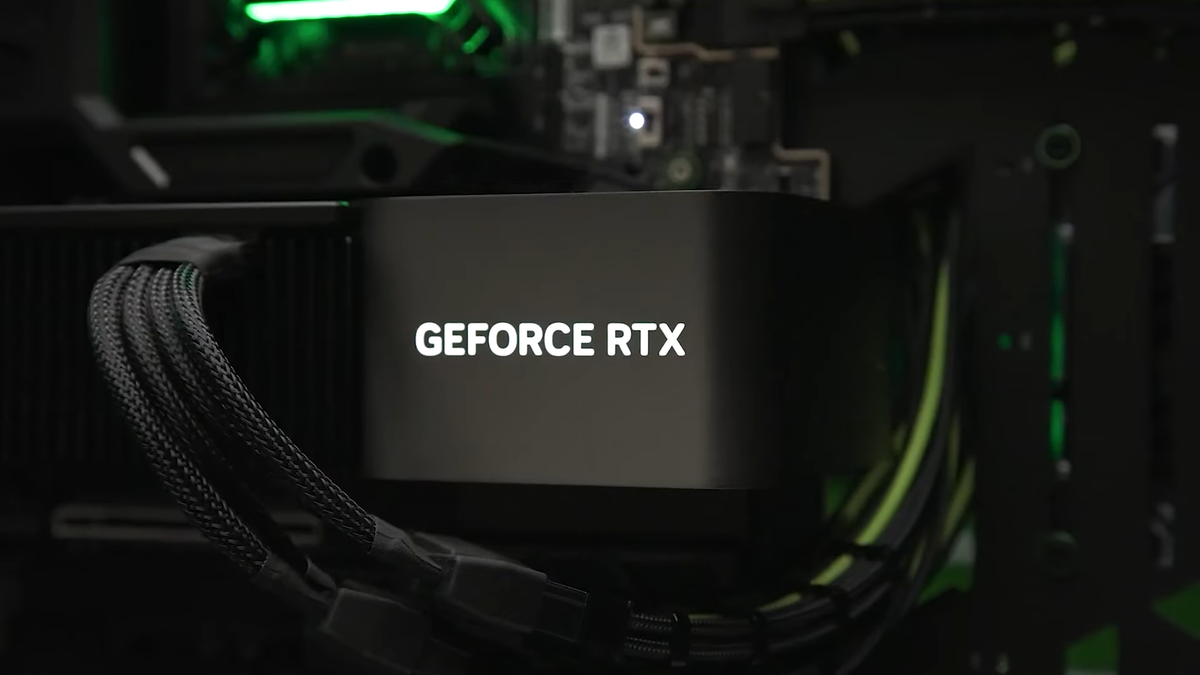Leaked power specifications of Nvidia’s RTX 5090 and RTX 5080 GPUs allege up to 27% increase in power compared to the last generation, though still less than initially expected, courtesy of KopiteKimi and hongxing2020 at X. We aren’t sure if these numbers correspond to the TGP or TDP. However the numbers still offer a glimpse of what to expect from Nvidia’s next-gen Blackwell GPUs; which are alleged to be announced by Nvidia Founder and CEO Jensen Huang during his January 6 keynote.
A few months ago, preliminary details suggested that the RTX 5090 and RTX 5080 would consume upwards of 400W and 600W of power, respectively. It seems the power rating has been toned down, to some extent at least. Still, these numbers show a notable increase over the last generation (Ada) and the previous generation (Ampere).
On a generational-to-generational basis, the RTX 5090 reportedly draws 27% more power than its predecessor. This delta increases to 64% if we expand the scope of our comparison to Ampere’s RTX 3090. Likewise, the RTX 5080 sees a 12.5% jump in power consumption against the RTX 4080 and the RTX 3080.
| GPU | TDP |
|---|---|
| RTX 5090 (Rumored) | 575W |
| RTX 5080 (Rumored) | 360W |
| RTX 4090 | 450W |
| RTX 4080 | 320W |
| RTX 3090 | 350W |
| RTX 3080 | 320W |
As it stands, the RTX 5090 is expected to deploy Nvidia’s flagship GB202-300-A1 die with 21,760 CUDA cores (170 SMs) and 32GB of GDDR7 memory across a 512-bit interface. Its sibling, the RTX 5080 is rumored to offer 10,752 CUDA cores (84 SMs) on the GB203-400-A1 chip, 16GB of GDDR7 memory at 30 Gbps speeds, and a 256-bit memory bus.
Blackwell for data centers is fabricated using a custom 5nm-grade (4NP) node from TSMC, which is said to be an enhanced version of 4N seen on Ada Lovelace and not a full-fledged node jump. This likely explains why Nvidia is pushing power limits to extract every last drop of performance. Still, 4NP delivers approximately 30% higher density than 4N but we’ll leave the exact transistor density details for Nvidia.
Blackwell is rumored to debut with the RTX 5090, RTX 5080, and RTX 5070 series, citing a leak from Zotac. Pricing and performance are highly likely to be detailed by Jensen at Nvidia’s forthcoming keynote in just a few days time.










/cdn.vox-cdn.com/uploads/chorus_asset/file/25818641/DSCF4275.jpg)